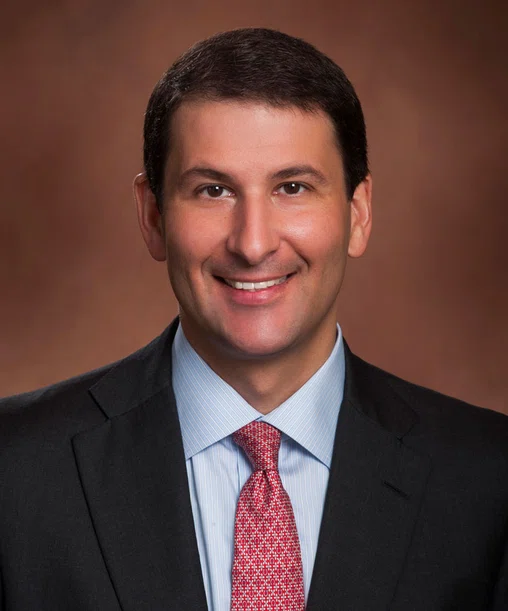Listen to the latest episode of Credit Exchange with Lisa Lee
Published in London & New York
10 Queen Street Place, London
1345 Avenue of the Americas, New York
Creditflux is an
company
© Creditflux Ltd 2025. All rights reserved. Available by subscription only.


News
Tariff pressures stir PIK fears in private credit
by Lisa Fu
As the US economy flashes warning signs amid President Trump’s push for higher tariffs, any pain in the direct lending market will likely appear in the increased use of payment-in-kind (PIK) interest, rather than in higher default rates, say many market participants.
“We would recommend looking at the proportion of PIK in [direct lending] portfolios,” said Jackie Rantanen, managing director for evergreen portfolio management at Hamilton Lane. “We think that’s going to be an important indicator of real health and potential performance.”
Specifically, direct lending investors will want to focus on the use of originated PIK versus restructured PIK, said Larry Herman, managing director at Raymond James. In originated PIK, the borrower was given the option of putting off cash repayments from the start, whereas in restructured PIK the borrower’s performance has typically deteriorated and required the option to provide breathing room.
“If credit quality becomes an issue, restructured PIK could become more problematic,” Herman said. “Credit amendments or extensions can also be concerning if lenders are merely postponing the issue rather than addressing underlying problems.”


If credit quality becomes an issue, restructured PIK could become more problematic
Larry Herman
Managing director
Raymond James
The amount of loans with PIK options for the borrower continues to cause concern. PIK has now risen to around 14% of the direct lending market, said Eric Rosenthal, senior director at KBRA DLD.
In contrast, PIK use accounted for 11% of the KBRA DLD Direct Lending Index at the end of Q1 2024. However, borrowers using PIK to service debt will not necessarily default — or they may take some time to fall into default.
Any tariff-related pain is unlikely to push direct lending default rates up in 2025, since lenders tend to work with struggling borrowers for a time, said Rosenthal. Any default spike is more likely a 2026 event.
“Direct lending is glacial in terms of pace,” Rosenthal said. He noted that the competing broadly syndicated loan market and high yield bond market react faster. “A company might be struggling and they may be on our Default Radar Red List for a year or more, even two years, before they end up defaulting.”
The US direct lending market is larger than ever. It surpasses both the broadly syndicated loan and high yield markets, with a total size of more than USD 1.5tn, according to industry organisation LSTA. Unlike in years past, it will take more than a few notable restructuring deals to push default rates up.





